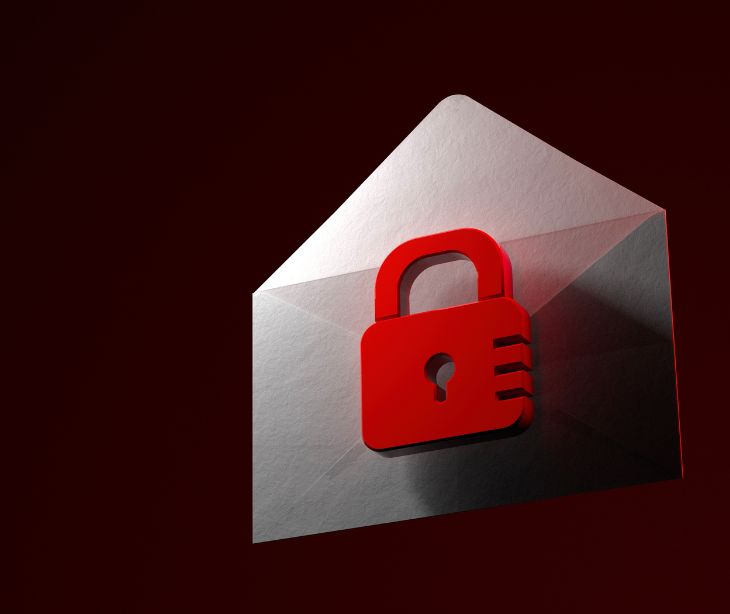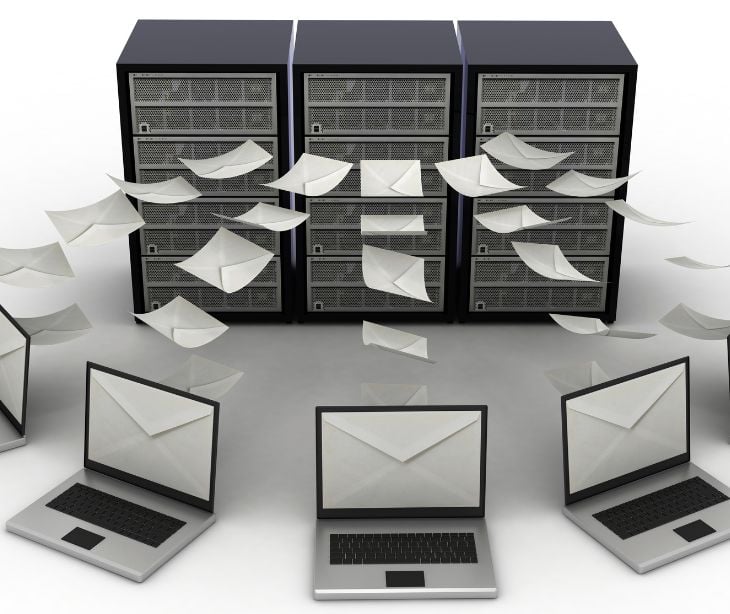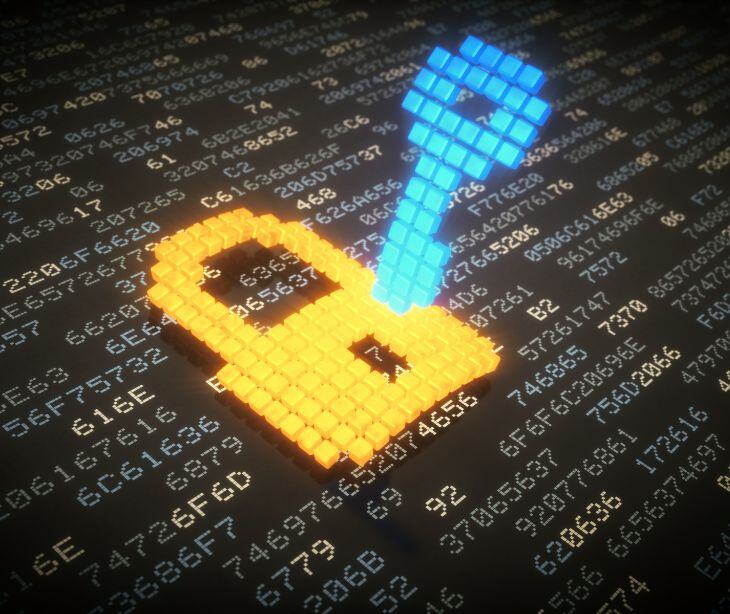
Email security protects email communication from unauthorized access, breaches, and malicious activities. It includes encryption, authentication, spam filtering, malware detection, and user awareness training to ensure confidentiality, integrity, and availability.
Why is email security important?
Email has been a primary communication tool in the workplace for over two decades, with billions of emails sent and received daily worldwide. This widespread use makes email a prime target for cybercriminals seeking to exploit vulnerabilities and gain unauthorized access to valuable information. In fact, research indicates that 94% of cyberattacks start with a malicious email.
The consequences of a successful email attack can be severe, leading to financial losses, data breaches, and damage to an organization's reputation. Cybercrime cost businesses over $4.1 billion in 2020, with business email compromise being one of the most damaging attack vectors.
Read also: Cyberattacks on the healthcare sector
Benefits of email security
Implementing email security measures offers several benefits for organizations:
- Compliance with data protection laws: Data protection regulations require organizations to implement appropriate security measures to protect personal data. Email security solutions help businesses comply with these regulations and avoid potential legal consequences.
- Protection of brand and reputation: Email threats can have devastating costs, operational disruptions, and reputational damage. Businesses can protect their brand image and reputation by implementing email security solutions.
- Enhanced productivity: With a reliable email security solution in place, organizations can minimize potential disruptions to their operations and reduce downtime caused by cyberattacks. Effective solutions also help security teams streamline response efforts and stay ahead of evolving threats.
Email security best practices
To strengthen their email security posture, organizations should follow these best practices:
- Employee education: Regular training sessions should be conducted to educate employees about email security risks and best practices. By raising awareness and promoting a culture of security, organizations can empower their employees to recognize and respond appropriately to potential threats.
- User awareness training: Training programs should focus on teaching employees how to identify the signs of a phishing attack and other indicators of malicious intent. By improving users' ability to identify and report suspicious emails, organizations can reduce the risk of successful attacks.
- Advanced threat protection: Upgrading to an email security solution that provides advanced threat protection is necessary. These solutions leverage technologies such as artificial intelligence and machine learning to detect and block sophisticated email threats, including malware, phishing attempts, and suspicious attachments or links.
- Multifactor authentication (MFA): Implementing MFA adds an extra layer of security by requiring users to provide multiple forms of authentication, such as a password and a verification code sent to their mobile device.
- Secure high-risk processes: Important processes and transactions that involve sensitive information should be moved to more secure and authenticated systems. This reduces the risk of data exposure through email and strengthens overall security posture.
Types of email threats
Organizations face various types of email threats that can compromise their security and expose sensitive information. Understanding these threats is important for implementing effective email security measures. Some common types of email threats include:
- Phishing
- Spam
- Malware
- Trojans
- Ransomware
- Domain name spoofing
- Spear phishing
- Whaling
- Business email compromise
Read more: Email cyber threats 101: Types and tactics
Types of email security services
Organizations can leverage various email security services to protect email accounts and communications from cyber threats. These services provide additional layers of protection and help mitigate risks associated with email usage. Some common types of email security services include:
- Detection capabilities: Email security solutions often include advanced threat detection capabilities that scan incoming, outgoing, and internal emails for malicious links and attachments. These solutions leverage sandboxing and other techniques to analyze suspicious files and URLs in a controlled environment.
- Data encryption: Email encryption ensures that the content of emails remains secure and confidential during transmission. Encryption scrambles the email's contents, making it unreadable to unauthorized individuals.
- Image and content control: Email security services can scan attached or embedded images and content for malware. By analyzing images and content for potential threats, these services can block or quarantine suspicious elements, preventing the download of malicious files.
- Spam filters: Spam filters use various techniques, such as blacklisting known spam sources and analyzing email content, to filter out unwanted and potentially malicious messages. Spam filters help reduce the volume of spam emails that reach users' inboxes.
- Authentication systems: Email security solutions often employ authentication mechanisms to verify the identity of senders. These systems use protocols like SPF, DKIM, and DMARC to evaluate the validity of emails.
Email protection
Email protection requires a comprehensive approach that integrates various security measures. By implementing a holistic email security solution, organizations can mitigate the risks associated with email communication and protect against evolving threats. Key elements of effective email protection include:
- Integrated threat protection
- Continuous monitoring and analysis
- User-friendly interfaces
- Policy enforcement
- Auditing and reporting
See also: HIPAA Compliant Email: The Definitive Guide
FAQs
Who needs email security?
Anyone who uses email, whether individuals, organizations, or businesses, needs email security. Without adequate email security measures in place, users are vulnerable to various threats, including data exfiltration, malware, phishing, and spam.
What is a secure email server?
A secure email server is a computer system with specialized mail server software and protocols designed to protect email communications. Secure email servers implement measures such as encryption, authentication protocols, and spam filters to ensure the confidentiality and integrity of email transmissions.
What is email encryption?
Email encryption is the process of converting plain text email content into a scrambled format that can only be read by authorized recipients. Encryption protects the contents of emails from being intercepted and read by unauthorized individuals, ensuring the privacy and security of sensitive information.
How can I test my email security?
To assess the security of your email, consider asking yourself the following questions:
- Do you use a strong email password that combines uppercase and lowercase letters, numbers, and special characters?
- Do you use encryption to send sensitive information?
- Have you enabled two-factor authentication?
- Have you installed antivirus software on your devices?
- Do you pause and scan attachments and links before opening or clicking on them?
Subscribe to Paubox Weekly
Every Friday we'll bring you the most important news from Paubox. Our aim is to make you smarter, faster.



